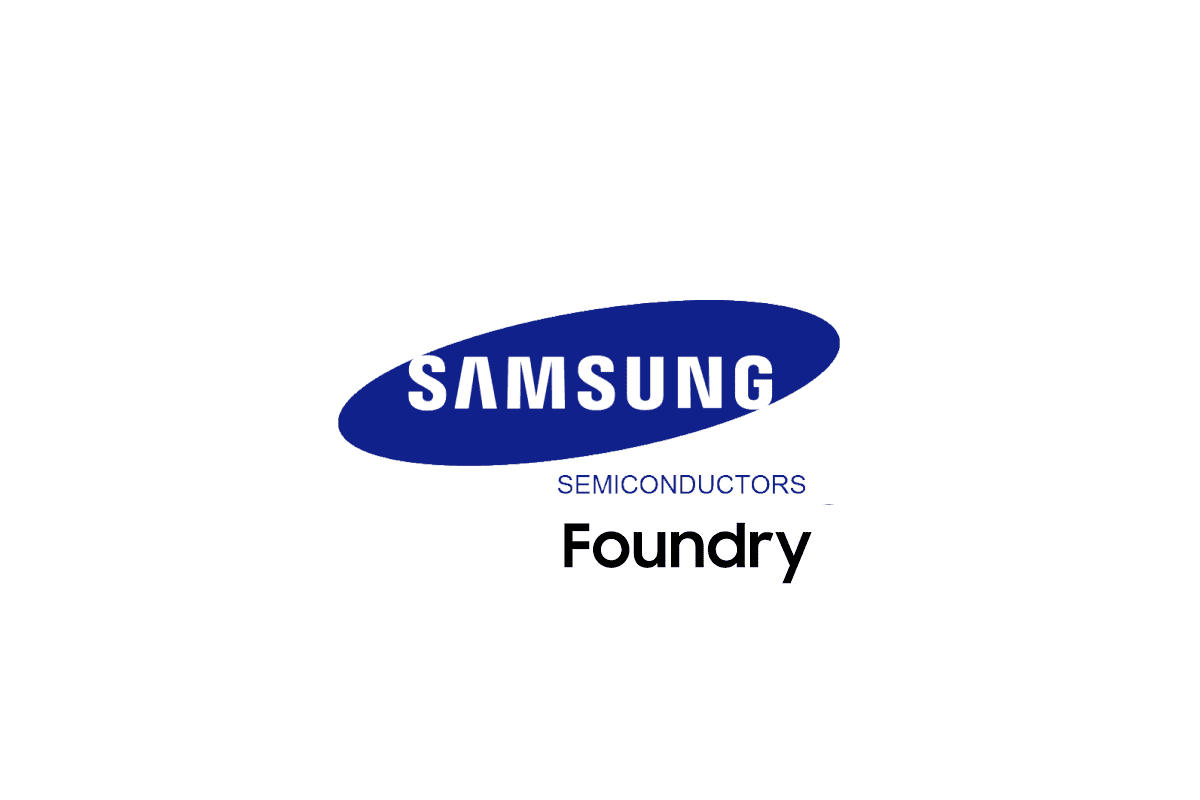Samsung Foundry is pushing the boundaries of semiconductor technology with its upcoming 2nm process node. The company plans to start production of 2nm chips in 2025, marking a significant leap in chip manufacturing. This advancement promises to deliver smaller, more power-efficient, and higher-performing chips for a wide range of applications.
The race to develop 2nm technology is intensifying among major chip manufacturers. Samsung’s roadmap includes the SF2 (2nm-class) node, which will be followed by even more advanced nodes in subsequent years. This progression demonstrates Samsung’s commitment to maintaining its position at the forefront of semiconductor innovation.
Samsung’s 2nm technology will utilize gate-all-around (GAA) transistors, an evolution from the current FinFET design. This new architecture allows for better control of electron flow, potentially resulting in improved performance and energy efficiency. The transition to 2nm is expected to benefit various sectors, including mobile devices, artificial intelligence, and high-performance computing.
Samsung’s 2nm Revolution
Samsung is pushing the boundaries of chip manufacturing with its groundbreaking 2nm process. This next-generation technology promises significant improvements in performance, power efficiency, and transistor density. Let’s explore what makes Samsung’s 2nm process so special.
Smaller Transistors, Bigger Performance
At the heart of this advancement lies the ability to create incredibly small transistors. These tiny switches are the building blocks of modern chips. By shrinking the transistors down to 2 nanometers, Samsung can pack more of them onto a single chip. This leads to increased processing power and improved performance for everything from smartphones and laptops to high-performance computing and AI.
GAAFET Technology: A New Transistor Design
To achieve this feat, Samsung is using a new transistor architecture called GAAFET (Gate-All-Around FET). Unlike traditional FinFET transistors, GAAFETs wrap the gate completely around the channel. This provides better control over the flow of electrons, leading to improved performance and reduced power leakage.
Power Efficiency: Doing More with Less
Power efficiency is a critical factor in modern electronics. Samsung’s 2nm process significantly reduces power consumption compared to previous generations. This means longer battery life for mobile devices and lower energy costs for data centers. It also contributes to a more sustainable approach to chip manufacturing.
Applications: Powering the Future
The applications of Samsung’s 2nm process are vast and far-reaching. These advanced chips will power the next generation of:
- Smartphones: Faster processing, longer battery life, and improved AI capabilities.
- Laptops: Thinner and lighter designs with enhanced performance.
- High-Performance Computing: Tackling complex scientific simulations and AI workloads.
- Automotive: Enabling advanced driver-assistance systems (ADAS) and autonomous driving features.
- Internet of Things (IoT): Creating smaller and more efficient devices for a connected world.
Competition and Impact
Samsung’s 2nm process puts it in direct competition with other chip manufacturing giants like TSMC and Intel. This competition drives innovation and pushes the boundaries of what’s possible in semiconductor technology. Ultimately, consumers benefit from faster, more efficient, and more capable devices.
Here’s a table summarizing the key advantages of Samsung’s 2nm process:
| Feature | Benefits |
|---|---|
| Smaller Transistors | Increased performance, higher transistor density |
| GAAFET Technology | Improved performance, reduced power leakage |
| Power Efficiency | Longer battery life, lower energy costs |
| Applications | Smartphones, laptops, HPC, automotive, IoT |
Introduction:
Key Takeaways
- Samsung Foundry plans to begin 2nm chip production in 2025
- The 2nm process uses gate-all-around transistors for improved performance
- This advancement will impact multiple tech sectors, from mobile to AI
Samsung Foundry’s 2nm Technology Advancements
In the fast-paced world of technology, chip manufacturing is a constant race to create smaller, faster, and more efficient processors. Samsung has emerged as a leader in this field, and its new 2nm process is a major leap forward. This article will explore the key features and benefits of Samsung’s 2nm technology, including its use of GAAFET transistors, its impact on power efficiency, and its potential applications in various industries.
Samsung Foundry is making significant strides in 2nm process technology. The company aims to enhance power efficiency and transistor density for high-performance computing applications.
Evolution of Process Technology
Samsung’s 2nm process represents a leap forward in semiconductor manufacturing. This technology builds on the foundations of their 3nm and 4nm-class nodes. The 2nm process is expected to offer improved performance and energy efficiency.
Samsung plans to begin mass production of 2nm chips by 2025. This timeline aligns with the company’s roadmap for advancing its process technologies. The new node will likely feature enhanced transistor architectures and materials.
Compared to previous nodes, the 2nm process aims to deliver higher transistor density. This increase allows for more powerful and efficient chip designs.
Comparison With Industry Competitors
Samsung Foundry faces stiff competition in the race to 2nm technology. Intel and TSMC are also developing similar advanced nodes.
TSMC plans to start 2nm production in 2025, matching Samsung’s timeline. Intel aims to introduce its 18A node, roughly equivalent to 2nm, by late 2024.
Each company employs unique approaches to achieve performance gains. Samsung may leverage its experience with Gate-All-Around (GAA) transistors from its 3nm process.
The competition drives innovation across the industry. Customers benefit from multiple options for cutting-edge semiconductor manufacturing.
The Samsung Foundry Forum and Roadmap Visibility
Samsung Foundry Forum serves as a platform for the company to showcase its latest innovations. The annual event provides insights into Samsung’s semiconductor roadmap.
At recent forums, Samsung has outlined its plans for 2nm technology. These presentations offer customers and partners visibility into future capabilities.
The company has also discussed its vision beyond 2nm. Samsung aims to develop 1.4nm technology by 2027, showing a clear path forward.
These roadmap announcements help chip designers plan future products. They also demonstrate Samsung’s commitment to long-term technology advancement in the foundry business.







